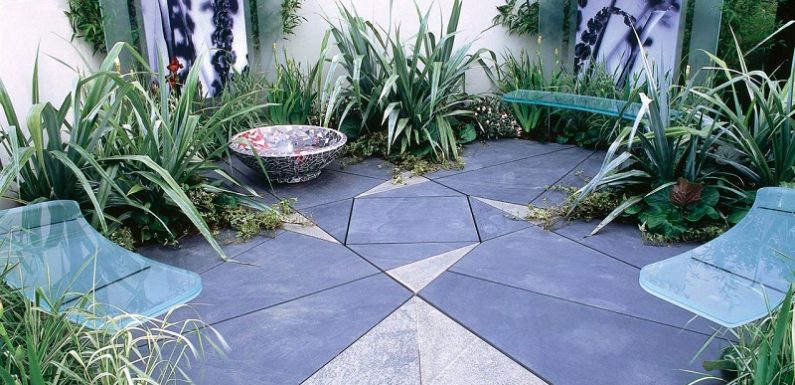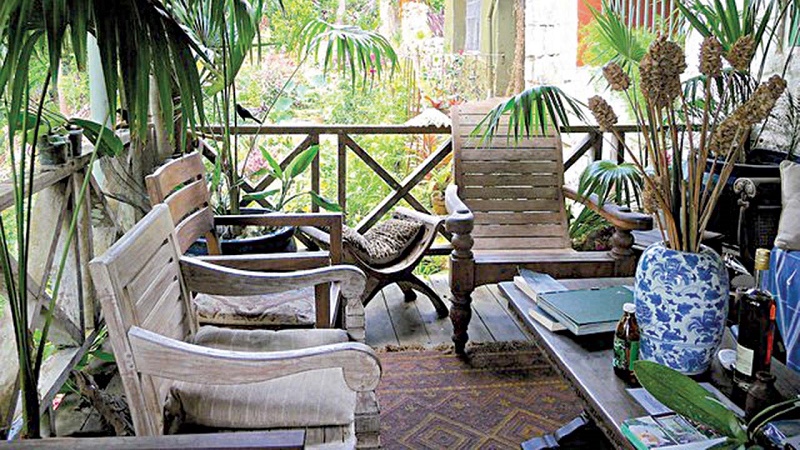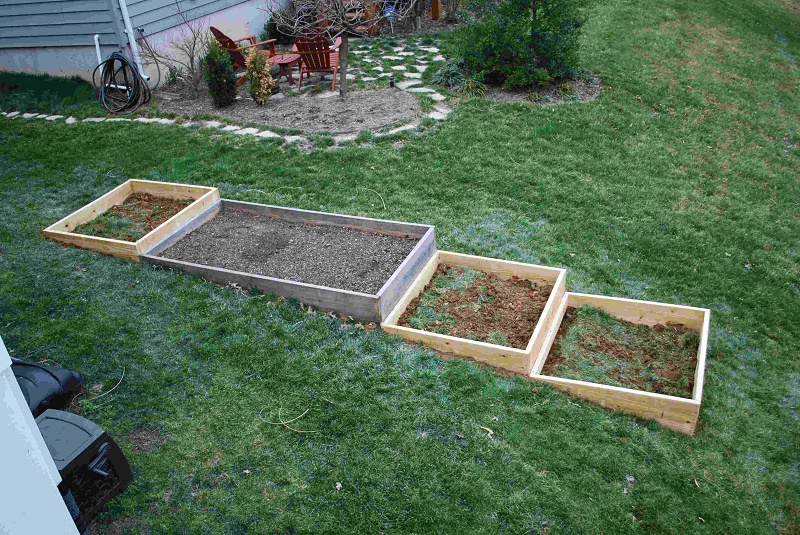
Given the condition of the world, it is important that we return to the habit of learning to grow our vegetables, and what better to learn to do it in our home garden. It is not necessary that it be a vast space since we do not all have houses with gardens. So, here we will tell you how to create your small space nursery and cultivate it in the right way. Because each plant has its needs that you must know before of wasting time and money.
Similarly, remember that even a small plant can make a difference in your economy, so you can start with a small crop so that you know the necessary procedure and go expanding little by little until you develop a sustainable garden that supports your daily diet. To save your money, follow our tips on make your garden with no money.
How to create a small space nursery

If you have no idea where to start your garden, here are some considerations to consider before you start:
• Choose a sunny place that has natural light for most of the day. It is not necessary to be direct light, but it must be enough to feed the plants you grow. Also, take into account that not all plants should receive direct light and prefer shade, so it is best to make an adequate scheme for all your crops before starting to plant.
• Place your garden near a water intake to avoid complications when irrigating your plants.
• Make sure the garden has a good drainage system, that is, if you decide to place your garden in a good size pot, make sure that the excess water can be channeled to a drain or a water outlet; or failing that: pick up the water with trays placed underneath.
• Likewise, remember that space where the garden is placed will easily get dirty, so it would be best to have a limited space for it.
• If it is a space in your garden, try to delimit it safely, especially if you have pets at home because it could be harmful to your pets and your crops.
Materials to build a home garden

It is difficult to get large enough pots that are appropriate to build a good sized garden. So, you can use other materials to build the basic support of the garden.
The advantage of home gardens is that they can be built both horizontally and vertically.
The horizontal orchards are characterized by having pots placed side by side, just as is done with flowers or ornamental plants.
The vertical gardens are built on floors, so if you have very little space, this garden is the ideal for you because it can be built into the wall or hung on levels.
First take the measurements of the space that has the aforementioned characteristics. Once measured that space you can use some recycled materials such as:
- Empty plastic bottles
- Old drawers or cabinets (remember to cover them with plastic before introducing the earth)
- Wooden hollows (try to cover them so that the earth does not escape through the holes)
- Hanging flowerpots or lanterns
- Tires
What you think can help the correct growth of your crops?
Land and seeds that suitable for small space nursery

It is ideal that you choose a land from those used in a cultivated field. It is common that the land of the stores contain high levels of sand or clay, so it is advisable to mix it with substrate for plants or fertilizer to make it healthier, or add a little lime if the soil is very acid and you want to plant legumes .
To condition the soil you must remove weeds and stones and smooth with a hoe and a rake. Try to mark the spaces assigned to each plant with a hoe chopping 15 cm. From soil until the earth feels loose and aerated in small lumps.
If you do not know where to start to plant your home garden, choose one of these ideal options for the Autumn-Winter season:
Garlic: It can be planted between October and January in a warm area, or from January to March. To plant them it is necessary to place the cloves of garlic with the tip protruding through the soil and upwards. If you plant several teeth, there must be a distance of 10 centimeters between each one.
Eggplants: It is advisable to plant them between February and March because they are plants very sensitive to cold. Between each plant there should be a margin of 40 to 50 centimeters and it is not convenient to mix them in the same pot with other plants.
Chard: If you live in a temperate climate zone, chard can be planted throughout the year; And if you live in a cold area, it will be better to do it at the end of winter. Place two or three seeds directly on the ground and when they have grown 10 cm you have to remove those that have not grown.

And if you want an ideal food for the Spring-Summer season you can focus on the cultivation of nopal since they are plants that require a very warm environment and very deep pots:
• You can get pencas ready to be planted in self-service stores, gardening, or nurseries at a low cost.
• If you grow it in a pot, it will require more irrigation and fertilizer than if you grow it in open land.
• If you cultivate the stalks directly in the compost , run the risk of it becoming rooted and become a plant.
• If you want to avoid weeds, make a mulch in the ground with dry leaves.
• If you have just cut a stalk, it is advisable to let it stand for 8 to 10 days to that heal until a callus forms under it.
• Buries only one third or half of the stalk.
• Avoid planting them on land where the water is stagnating, as it can cause them to rot. One way to avoid this is to fill the bottom of the pot with stones to allow water to drain and keep it properly hydrated if you live in a dry climate.
• The cactus is a very varied plant that can generate prickly pears (from the fruits), nopalitos (vegetables), and even serve for reforestation or ornamentation. So, it is important to choose the right species and cultivate it with proper care.
• Remember to use gloves during any contact you have with any form of nopal since they usually have many thorns.

These are some of the basic recommendations to maintain a healthy garden in the comfort of your home, remember to consult specialists if you have plants that require high care and leave a proper separation between each. So that, all receive enough sun and sufficient oxygenation what do you need. What other plants would you like to have in your small space nursery?

